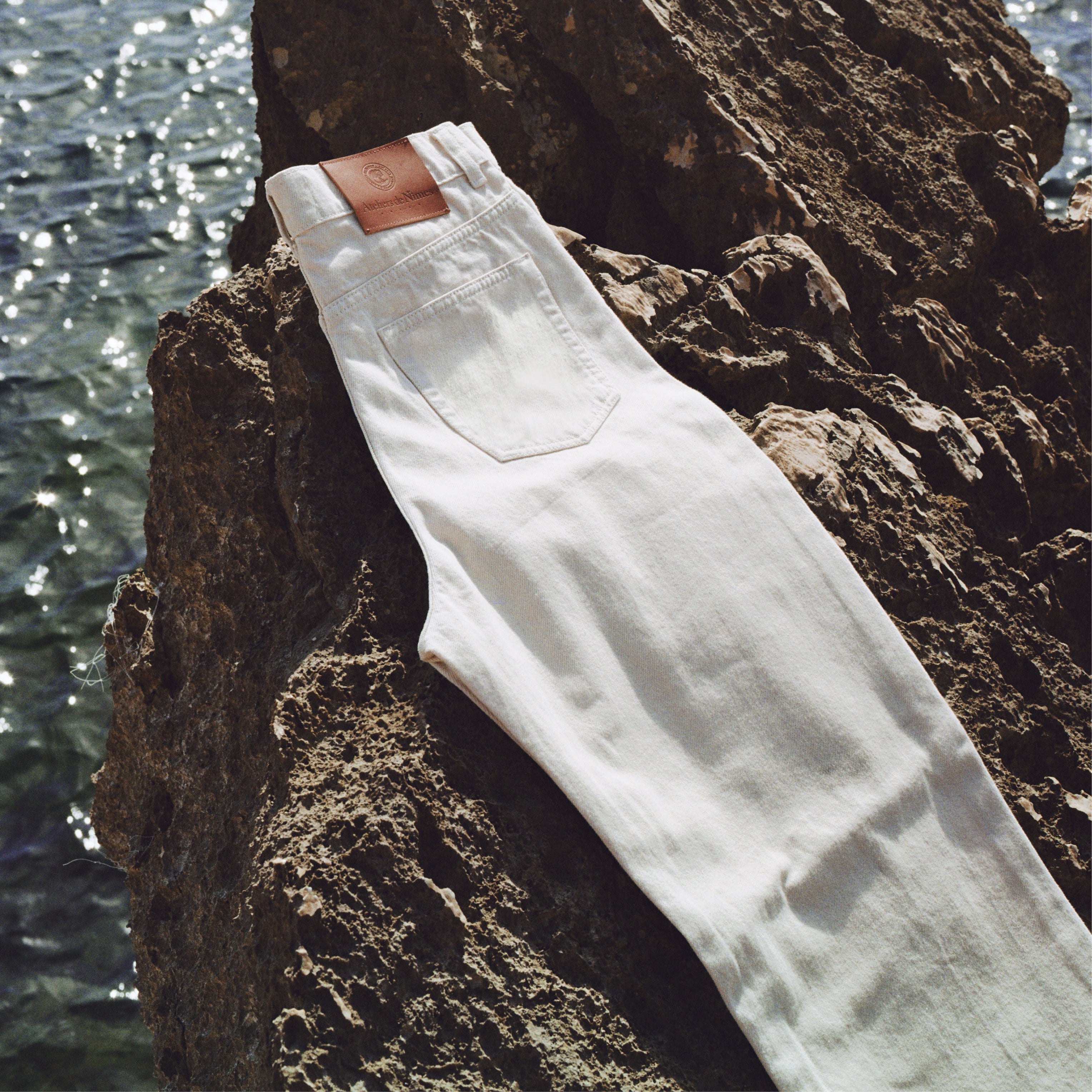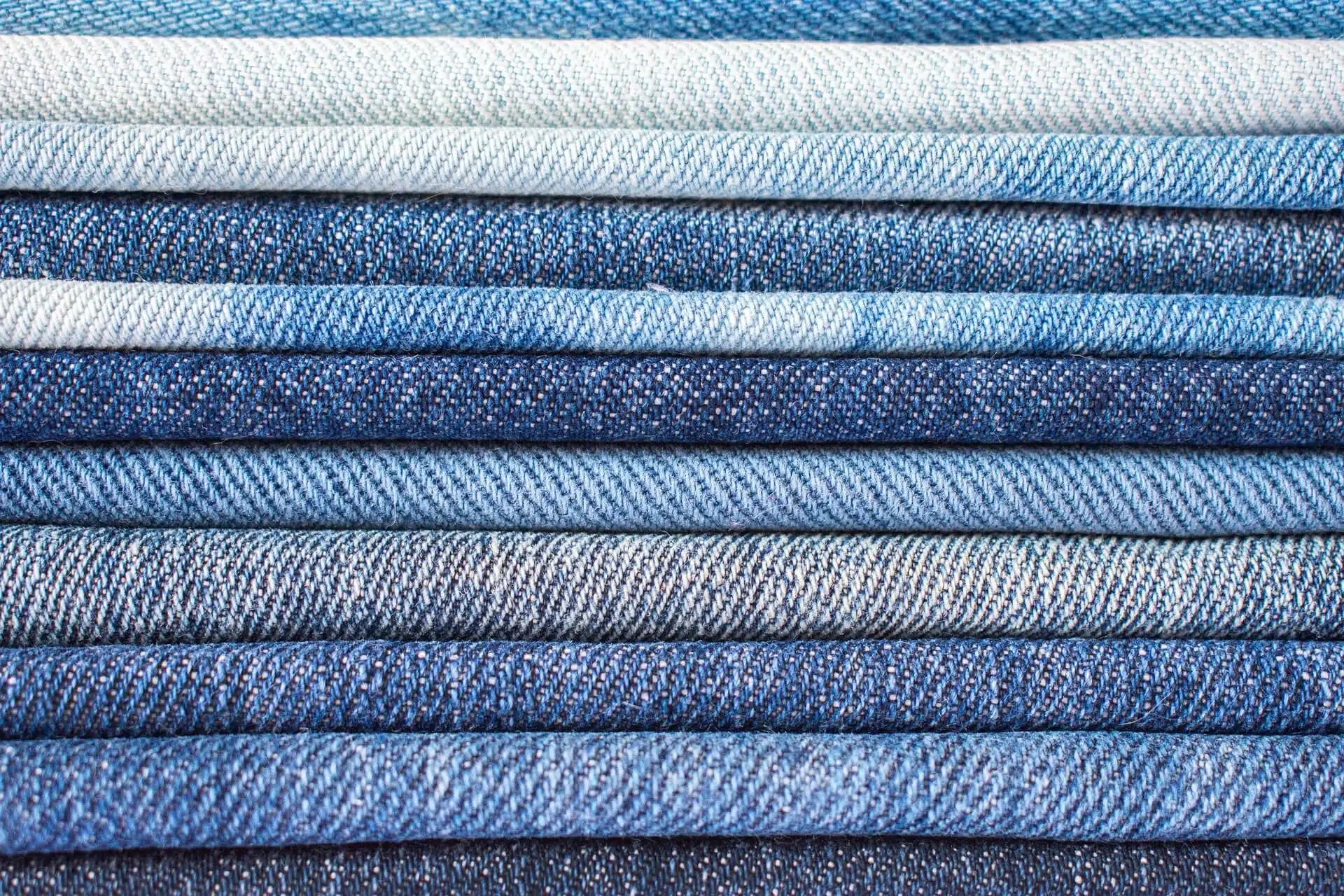
Cotton, a water-thirsty plant?
You've probably seen and heard it everywhere, cotton is a plant that needs water. We often read statistics on its water consumption ranging from 200 liters to produce 1 kg of cotton to more than 20,000 liters. The water needs of this plant often vary depending on what you read on the subject.
For example, someone selling linen shirts will tell you that cotton is horrible, or you might see this information on a site promoting an eco-friendly brand or a new second-hand clothing marketplace.
In general, it is considered that cotton cultivation requires about 1500 liters of irrigation water to produce 1 kg. It is worth noting that 55% of the cultivated areas, which represent 41% of the world cotton production, do not require any artificial irrigation. This means that 41% of the cotton produced is simply irrigated by rainwater.
We all remember the Aral Sea, located between Kazakhstan and Uzbekistan, which dried up due to the irrigation of cotton fields during the Soviet era. Indeed, the leaders of the former USSR had decided to produce cotton in this region. The problem was that not a drop of rain fell and the idea was to irrigate the crops by diverting rivers. Over time, the rivers no longer fed the sea, and it dried up. Many countries continue to irrigate their crops. Obviously, the example of the Aral Sea is the worst, but irrigation is a scourge, especially for other crops. In countries like Greece, Mali or Uzbekistan, where there is not enough rain, the crops are watered by man.
In some regions of the world, on the other hand, cotton cultivation is centuries old. Simply because the climate is favorable, that is to say, these are hot and dry regions during flowering and rainy during the growth of the plant, particularly in Peru, Turkey, certain regions of India and Brazil.
India, Peru and Turkey are regions where cotton has been cultivated for several millennia.
Sources:
https://atlasocio.com/classements/economie/agriculture/classement-etats-par-production-coton-monde.php
https://www.modeintextile.fr/coton-nest-plante-assoiffee-deau-selon-bremen-cotton-exchange/




